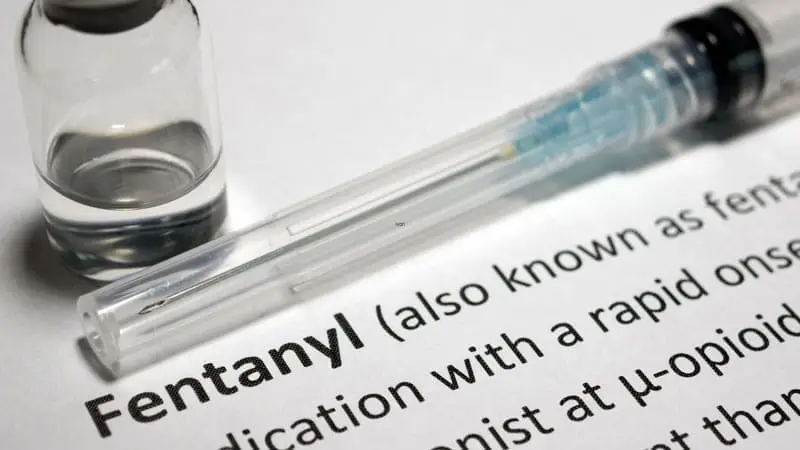[vc_row type=”in_container” full_screen_row_position=”middle” column_margin=”default” column_direction=”default” column_direction_tablet=”default” column_direction_phone=”default” scene_position=”center” text_color=”dark” text_align=”left” row_border_radius=”none” row_border_radius_applies=”bg” overflow=”visible” overlay_strength=”0.3″ gradient_direction=”left_to_right” shape_divider_position=”bottom” bg_image_animation=”none”][vc_column column_padding=”no-extra-padding” column_padding_tablet=”inherit” column_padding_phone=”inherit” column_padding_position=”all” column_element_direction_desktop=”default” column_element_spacing=”default” desktop_text_alignment=”default” tablet_text_alignment=”default” phone_text_alignment=”default” background_color_opacity=”1″ background_hover_color_opacity=”1″ column_backdrop_filter=”none” column_shadow=”none” column_border_radius=”none” column_link_target=”_self” column_position=”default” gradient_direction=”left_to_right” overlay_strength=”0.3″ width=”1/1″ tablet_width_inherit=”default” animation_type=”default” bg_image_animation=”none” border_type=”simple” column_border_width=”none” column_border_style=”solid”][vc_column_text]Going through fentanyl withdrawal can be an extremely challenging experience, with symptoms appearing just hours after the last dose. Patients can expect a wide range of fentanyl withdrawal symptoms, including but not limited to:
- Anxiety
- Insomnia
- Restless legs
- Severe cravings
- Hot and cold flashes
- Diarrhea and vomiting
- Muscle pain and cramping
Fentanyl Drug Facts

Fentanyl is a powerful synthetic opioid that is 50 to 100 times more potent than morphine[1]. It is often used to treat patients with severe pain, especially after surgery, and to treat those with chronic pain who are tolerant to other opioids.
The substance is made by combining the chemical precursors N-phenyl-N-propylamine and N-phenylacetoacetamide, then combining them with acetic anhydride and hydrochloric acid. The resulting compound is then purified and processed into a medication that can be taken orally or injected.
It is often “laced” into illegal street drugs, such as cocaine and heroin, to create a more affordable and potent high. This can be enormously profitable for dealers yet extremely dangerous for recreational users. Common street names for this opioid drug include China Girl, Dance Fever, Goodfellas, Jackpot, Great Bear, etc.
What Are Fentanyl Withdrawal Symptoms?
Fentanyl withdrawal symptoms can vary depending on a number of factors – with the length of use being the main one. As a general rule, it is recommended for patients to slowly taper off the substance to avoid intense withdrawal symptoms. Unfortunately, symptoms are often unavoidable while the body attempts to readjust.
Withdrawal symptoms of fentanyl include[2]:
- Runny nose, watery eyes, and yawning
- Restlessness or anxiety
- Irritability or mood disturbances
- Increased pain
- Goosebumps on the skin, chills, or sweating
- Stomach cramps
- Nausea, vomiting, or diarrhea
- Muscle cramping or aches and joint pain
- Tremors or muscle twitching
- Rapid heart rate
- Blood pressure changes
- Trouble sleeping
- Thoughts of suicide
Patients recovering from fentanyl use will typically require 24-hour supervision and assistance to ensure that no adverse events occur. The practitioner should regularly monitor pulse, blood pressure, and temperature to make sure the patient recovers smoothly and without risking further injury.
In addition to frequent monitoring, there are some gentle techniques that may help speed up recoveries, such as drinking more water, deep breathing exercises, and adequate nutrition. Patients should avoid engaging in any type of physical exercise or stress-inducing activity as it may hinder the progress of recovery.
And last but not least, having access to social support from friends or family can make a world of difference. If that’s not an option, chatting with a support counselor can be a great backup when deemed appropriate.
Fentanyl Withdrawal Timeline
Every patient responds to treatment differently, but on average, the recovery can take anywhere from one week to one month, depending on how long the substance was initially used. Medications such as methadone and buprenorphine can be used at the discretion of the practitioner to help manage fentanyl withdrawal symptoms.
Fentanyl Use Side Effects
The side effects of this incredibly addictive drug are wide-ranging and have been shown to impact multiple body systems.
Effects Of Fentanyl On The Brain
Like heroin, morphine, and other opioid drugs, fentanyl works by binding to the body’s opioid receptors, which are found in areas of the brain that control pain and emotions.
After taking opioids many times, the brain adapts to the drug, diminishing its level of sensitivity.
Over time, this also leads to increased difficulty in feeling pleasure from anything besides the substance. The brain becomes retrained and chemically dependent on the substance. When people become addicted to fentanyl, or other drugs and opioids, they become preoccupied with drug seeking and drug use until it will eventually take over their lives.[1]
But it doesn’t have to remain that way. While it may seem difficult or insurmountable, professional addiction treatment can help you get your life back on track.
Long-Term Health Risks of Fentanyl Use
Long-term use of fentanyl can lead to physical dependence and tolerance, which means that a person will need more of the drug to achieve the same effects. This can lead to an increased risk of overdose and other health issues, such as:
- Breathing difficulty
- Depression and anxiety
- Liver and kidney damage
- Gastrointestinal problems
- Memory and concentration problems
Fentanyl Overdose Statistics
According to the National Institute on Drug Abuse, there were 106,699 drug-involved overdose deaths reported in the U.S. in 2021, with 69% of cases occurring among males. Synthetic opioids, primarily fentanyl, were the main driver of drug overdose deaths, with a nearly 7.5-fold increase from 2015 to 2021.[3]
Fentanyl Treatment Options
Seeking help with opioid recovery for yourself or a loved one? You should know that there are several excellent treatment options at your disposal and many of which are covered or partially covered by insurance.
At Absolute Awakenings, our goal is to ensure each client is informed, empowered, and comfortable as they take their first steps in the recovery process. We know that no two stories are the same, which is why we design custom treatment programs to meet the individual needs of each client.
A medication-assisted detox center with one of our industry-leading partners will help to restore your body and set you up for long-term success. You will experience relief from some of the more acute withdrawal symptoms and have the freedom to focus on your recovery in a safe and supportive environment.
After detox is when you will begin Long-term treatment. In most cases, this begins with a Partial Hospitalization Program offering daily support and therapy sessions over the course of several weeks. The next level of care is an Intensive Outpatient Program that offers a little more flexibility with fewer days per week but access to the same great care.
After a higher level of care has been completed, patients will then participate in ongoing treatment as part of an Outpatient Program. This program offers the most flexibility with weekly sessions and therapy and access to a wide range of peer support and group therapy sessions. An aftercare plan will also be implemented for emergency planning, relapse prevention, and long-term access to support.
We accomplish this by offering a range of healing modalities to bring a depth of treatment to each client’s experience:
-
- Individual Trauma Therapy
- Group Trauma Therapy
- EMDR Therapy
- Cognitive Processing Therapy (CPT)
- Cognitive Behavioral Therapy (CBT)
- Dialectical Behavioral Therapy (DBT)
- Gestalt Therapy
- Family Therapy
Overcome Fentanyl Use and Reduce Fentanyl Withdrawal Symptoms With Evidence-Based Treatment
Fentanyl withdrawal is an extremely difficult undertaking, and as such, it is not recommended to go it alone. If you or a loved one are suffering from fentanyl addiction, know that help is available and recovery is possible.[/vc_column_text][/vc_column][/vc_row]












